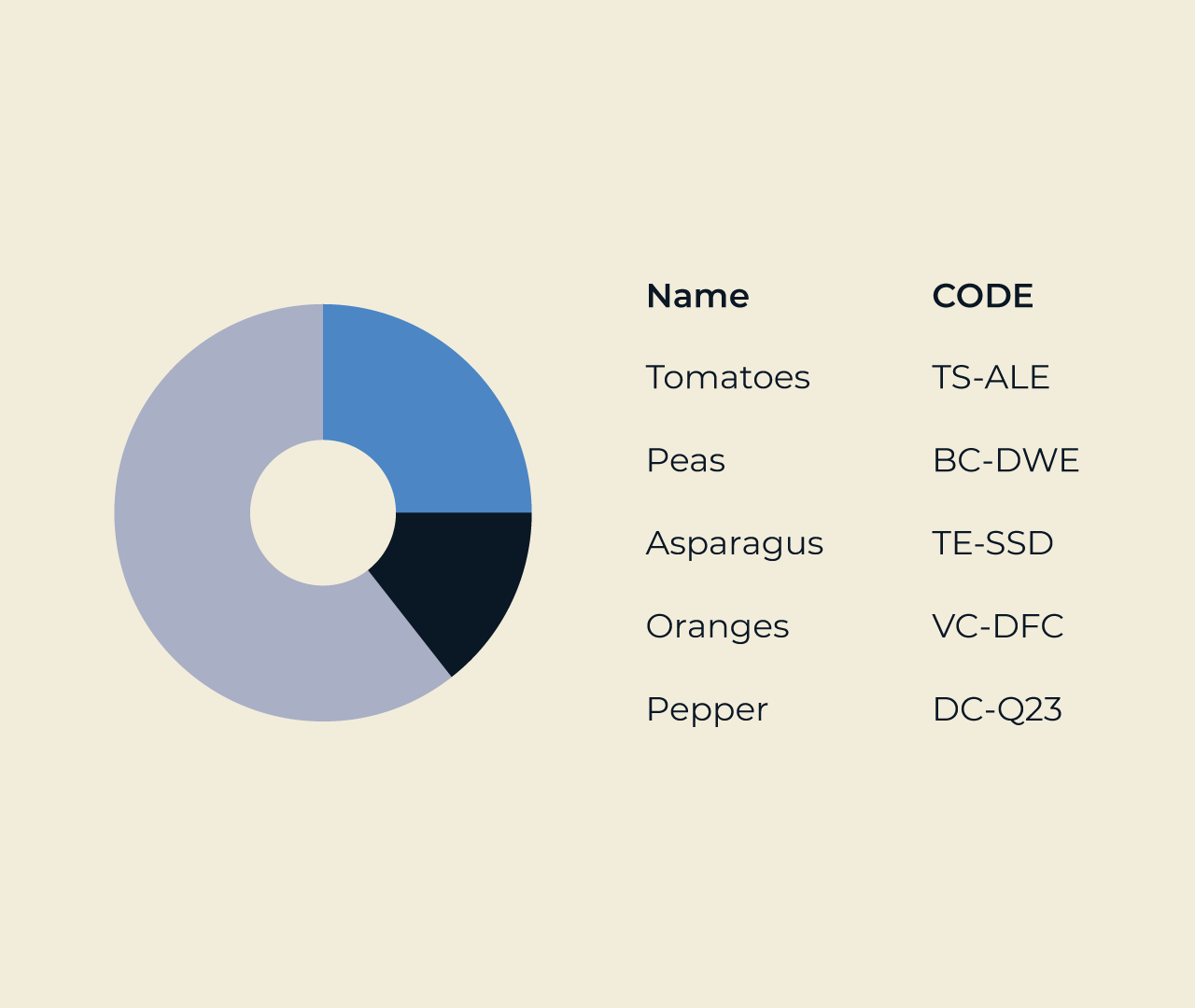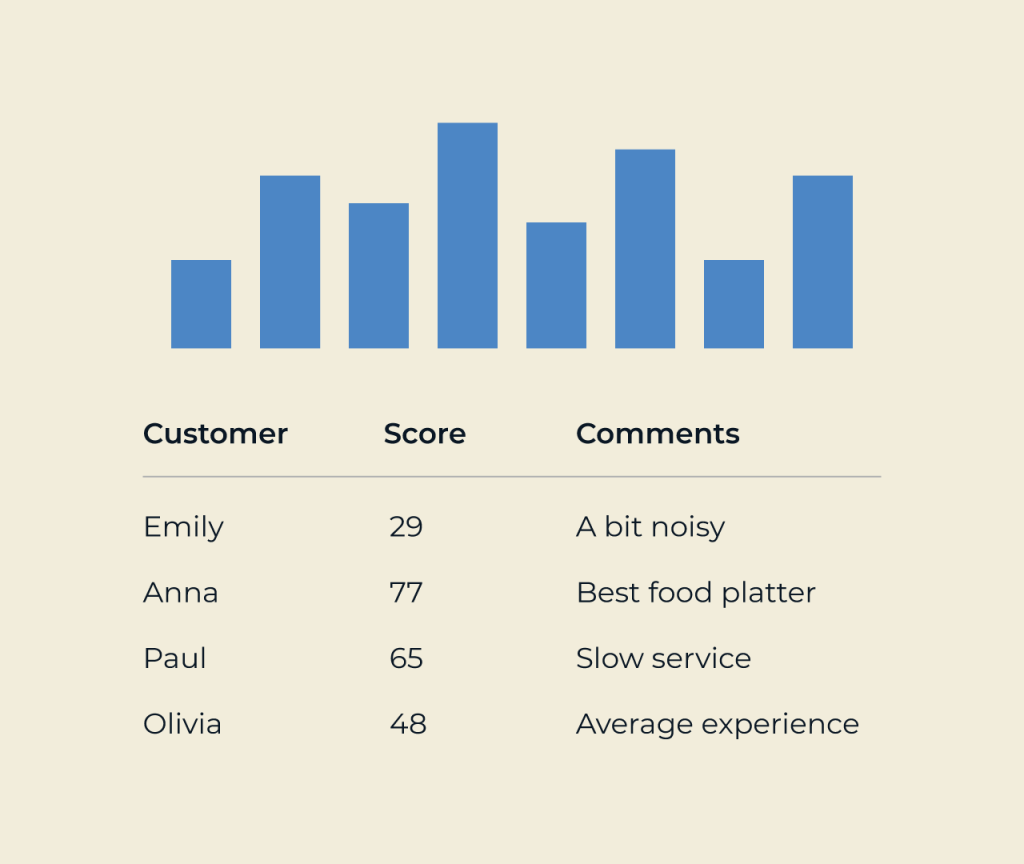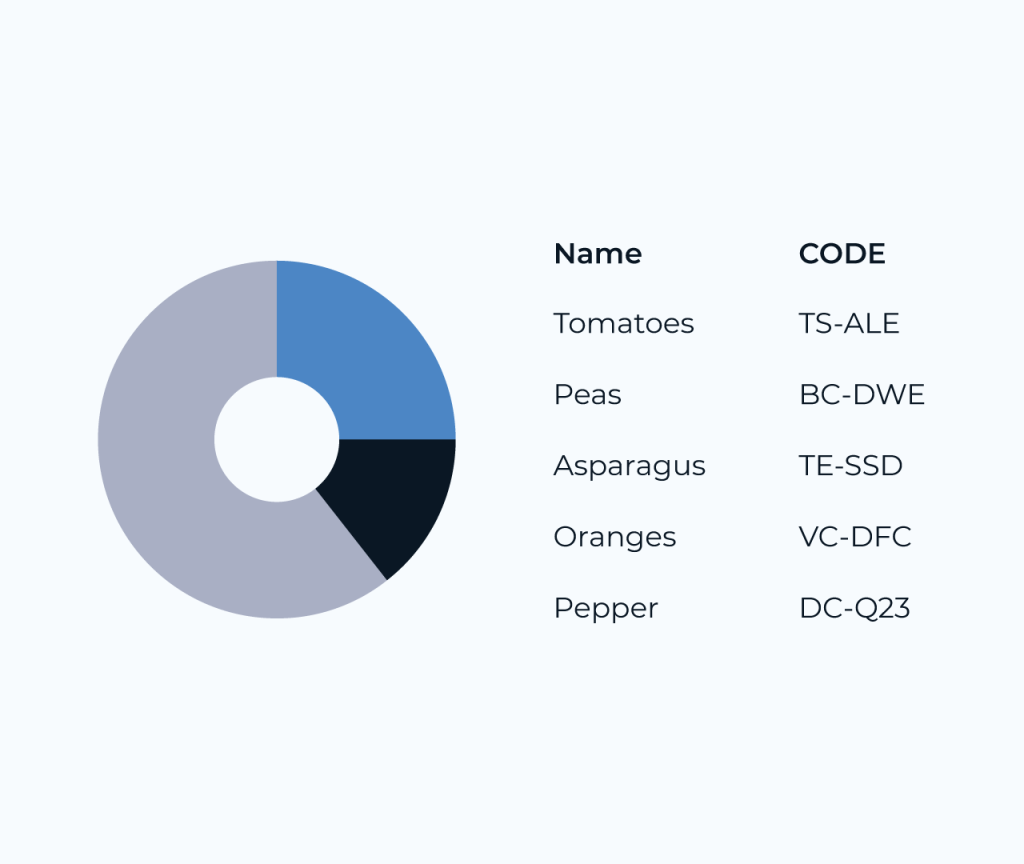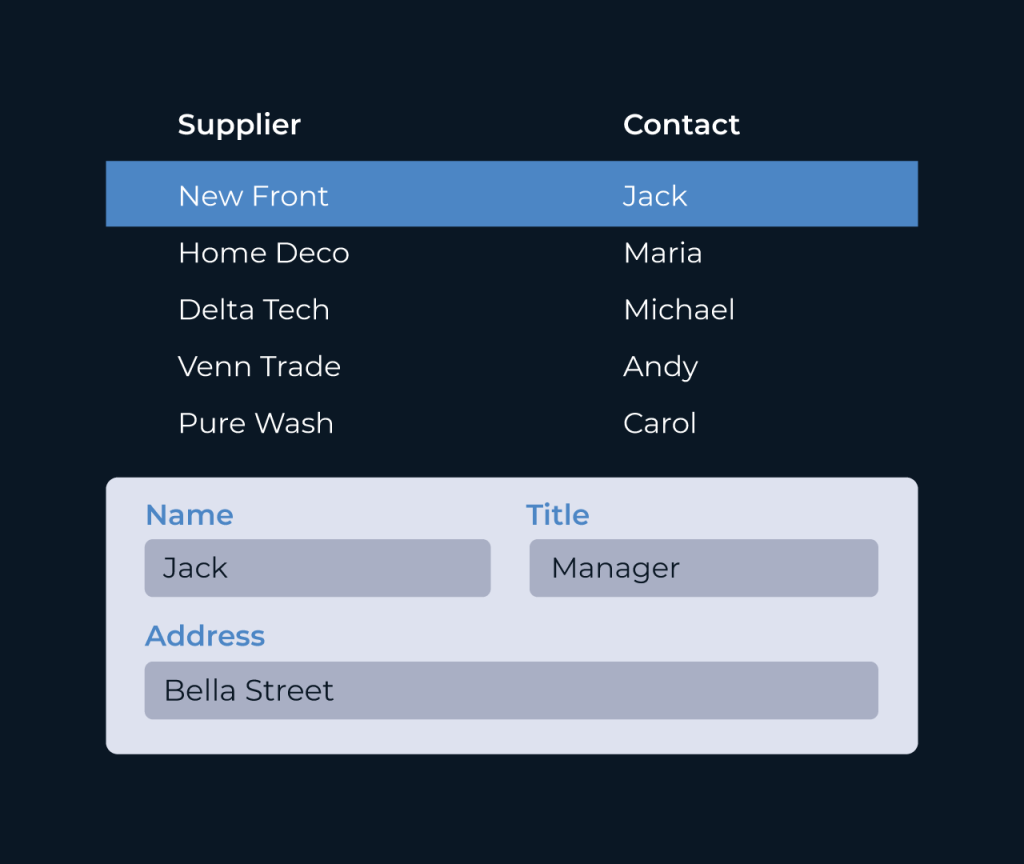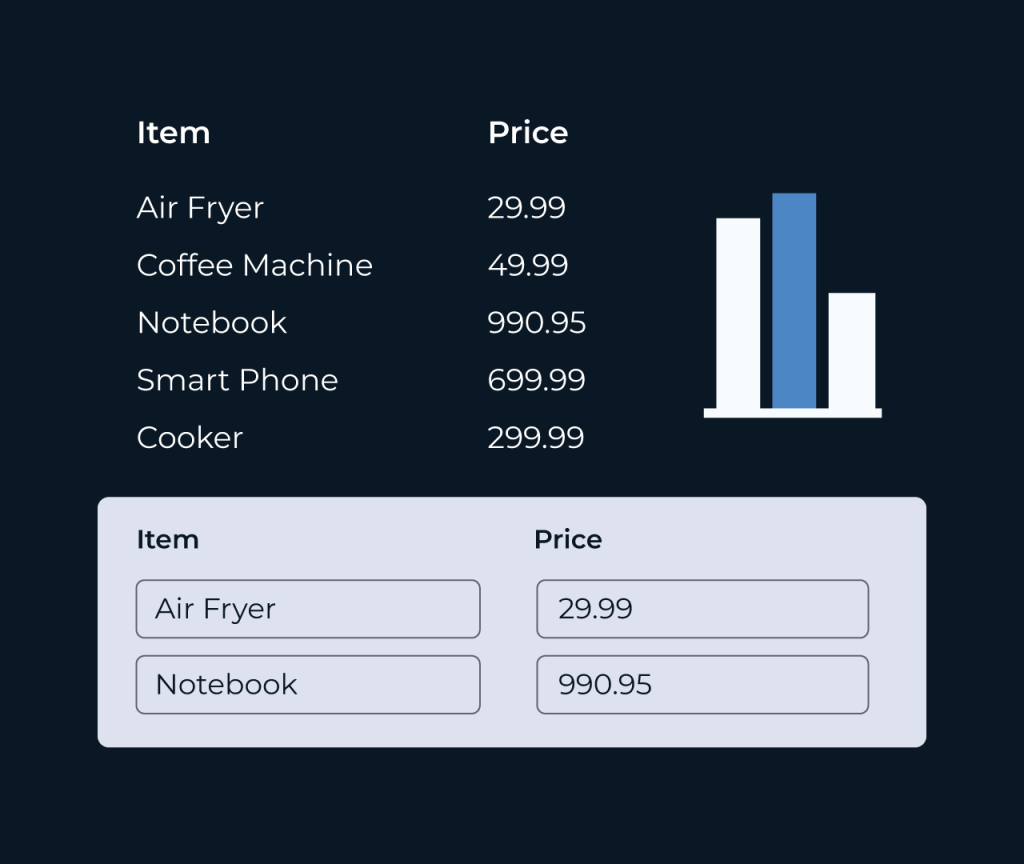Create an Invoice Database
Creating an invoice database is essential for efficiently managing billing and transactions. With Five, you can easily set up a comprehensive database that stores all your invoices, client information, and payment statuses. The user-friendly interface allows for quick data entry and retrieval, ensuring that you have all necessary information at your fingertips.
Five’s robust features enable you to categorize invoices, track overdue payments, and generate reports. Customizable templates allow you to tailor invoices to your brand, while automation tools help streamline the billing process. Ultimately, Five transforms invoice management into a seamless experience, enhancing productivity and accuracy.
